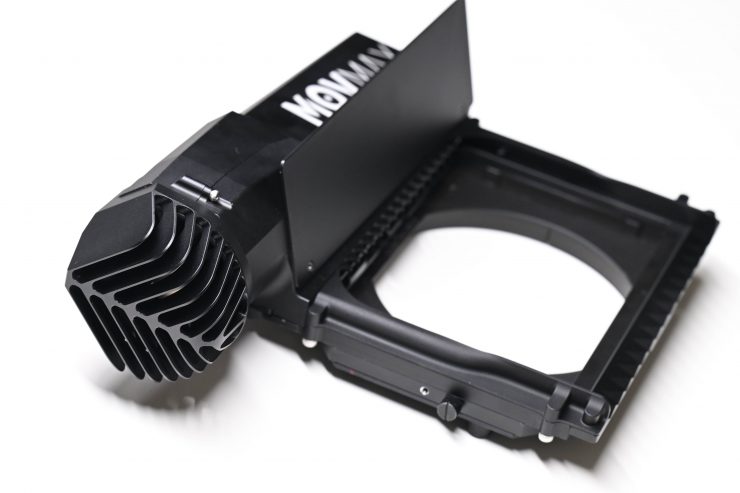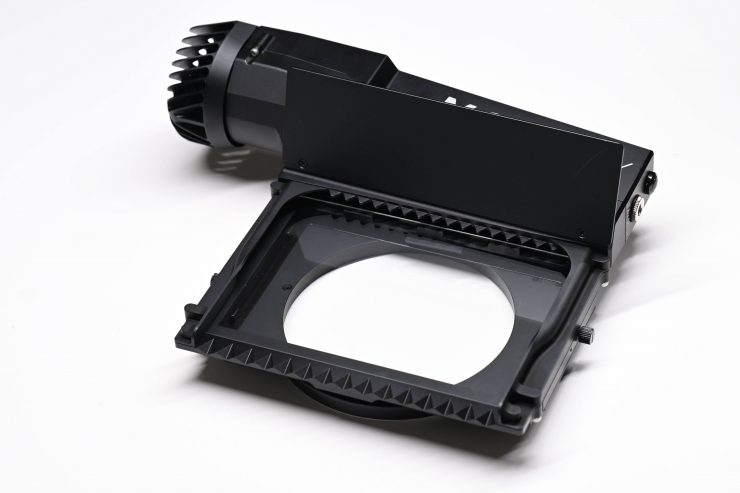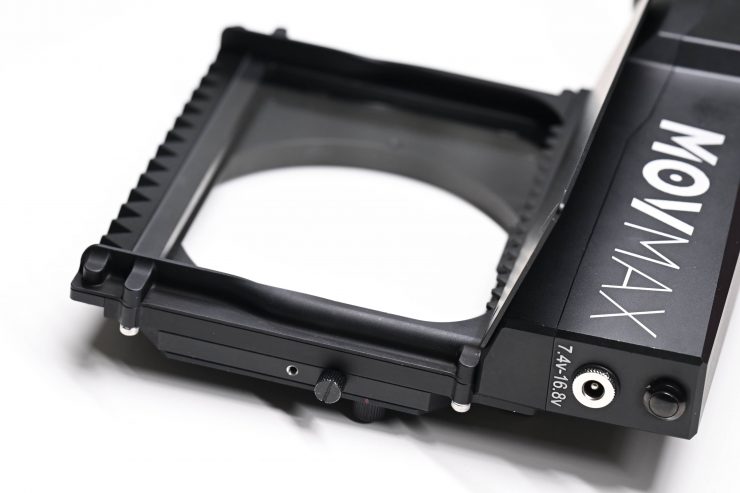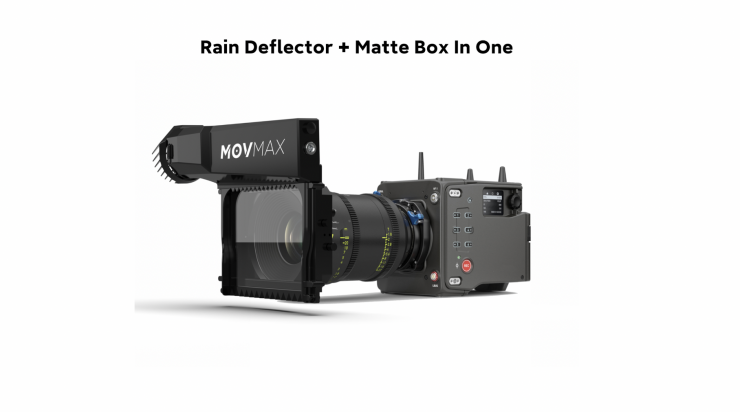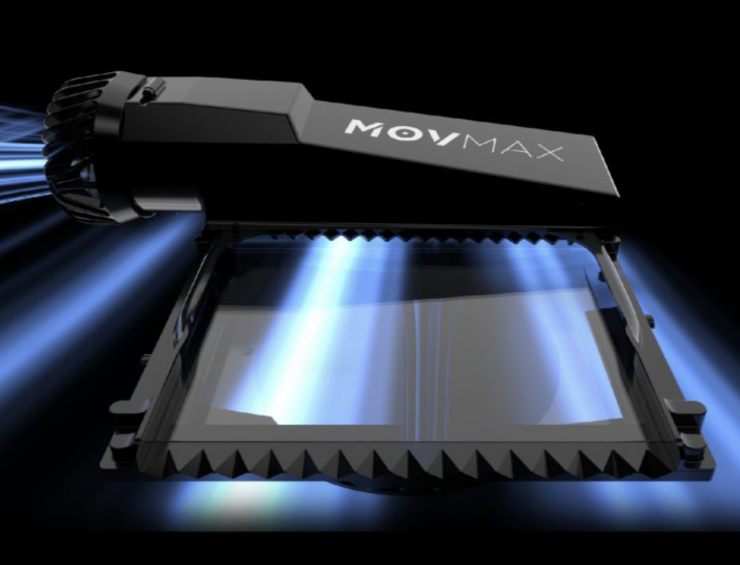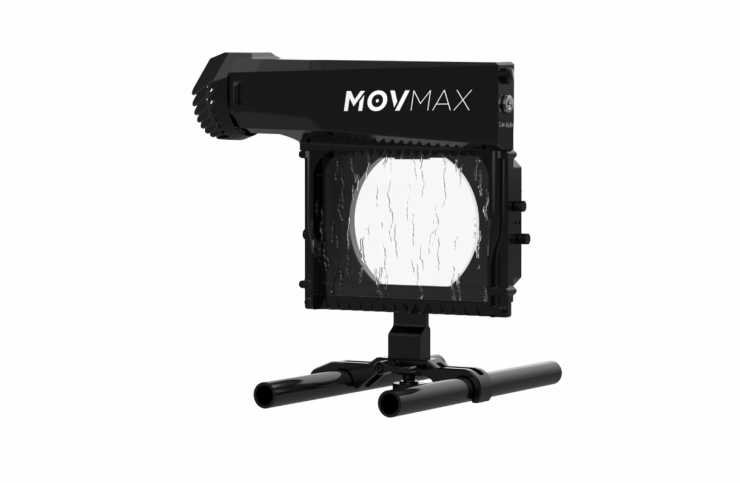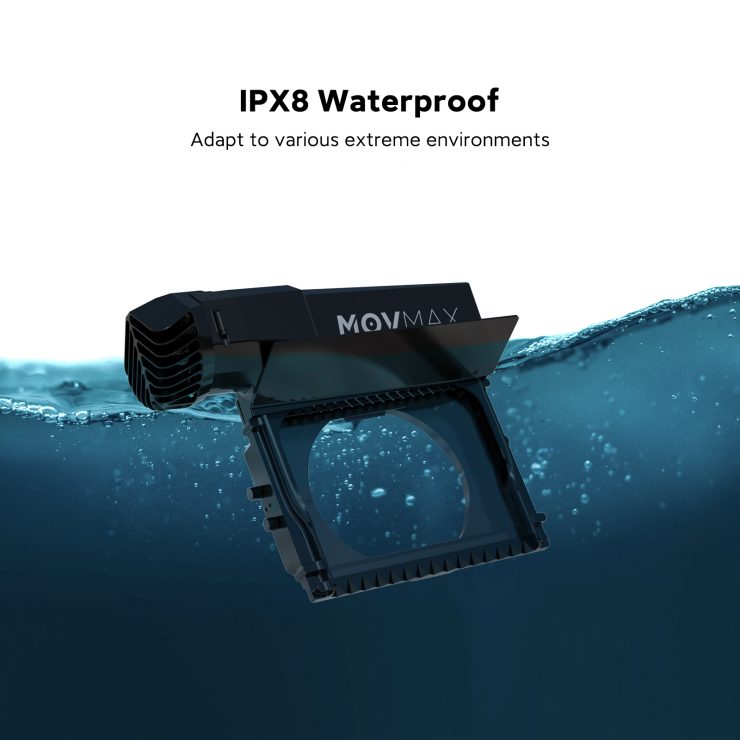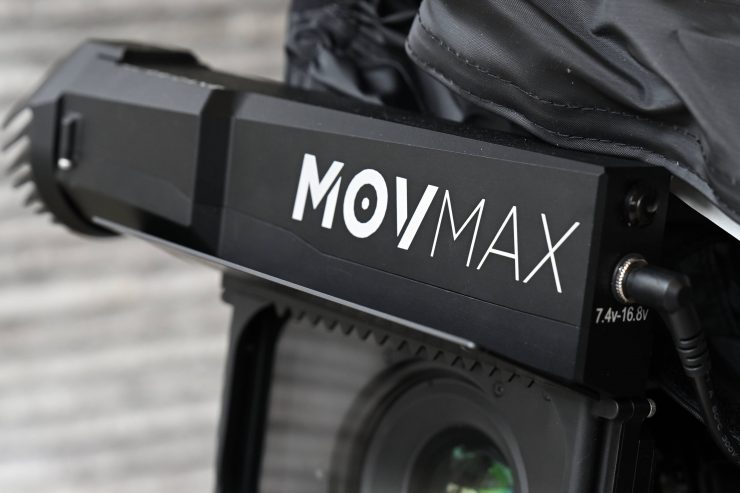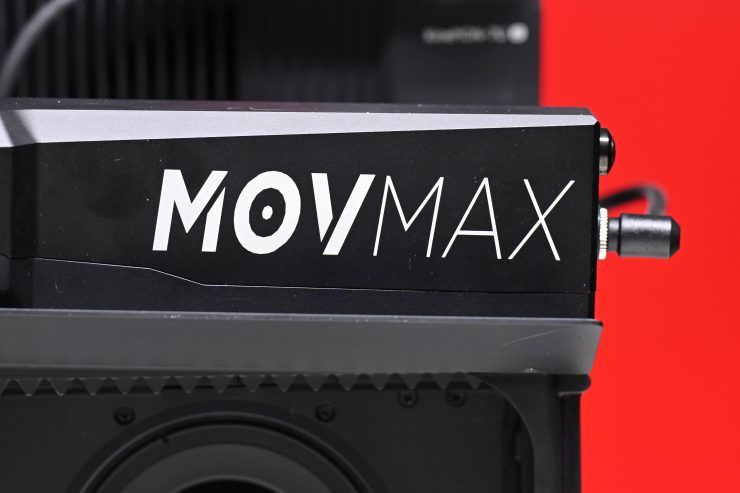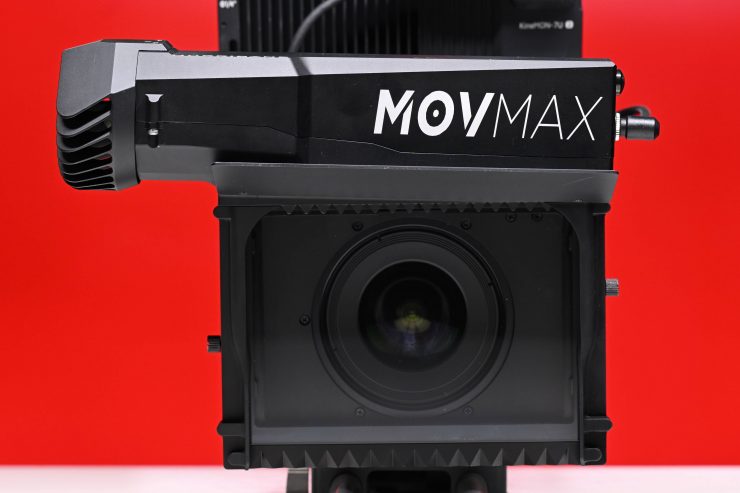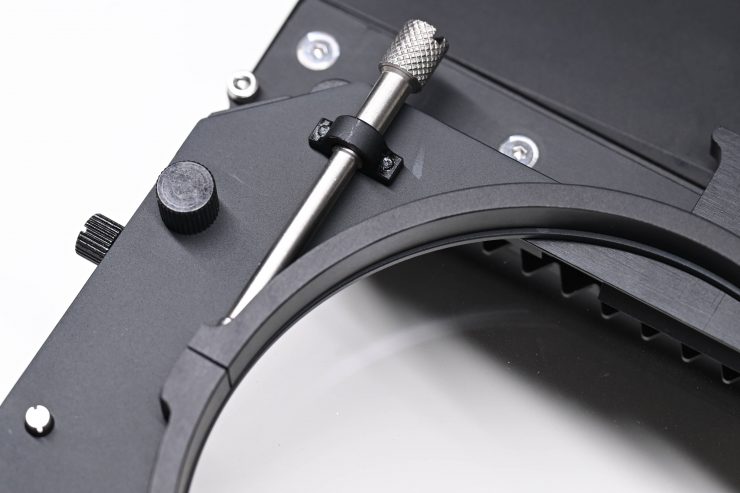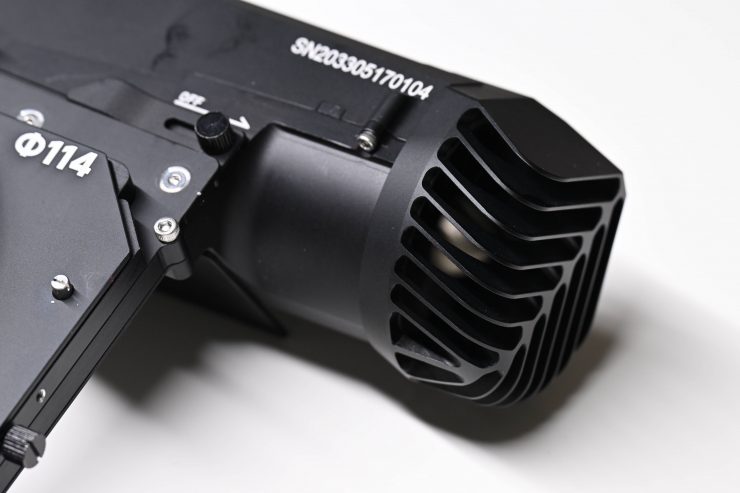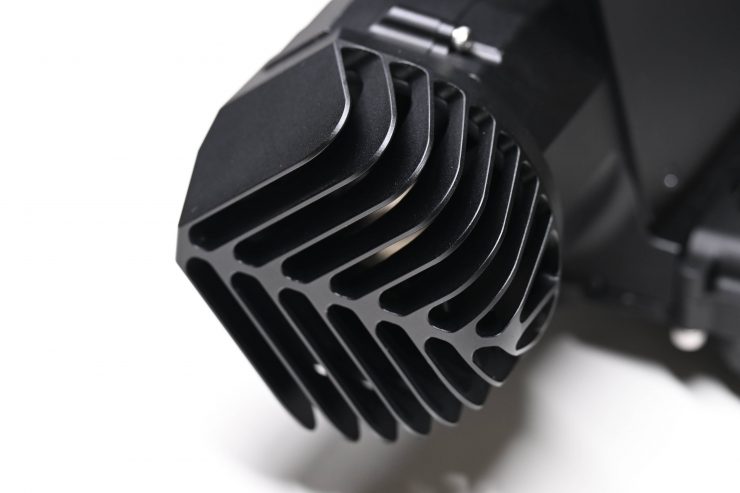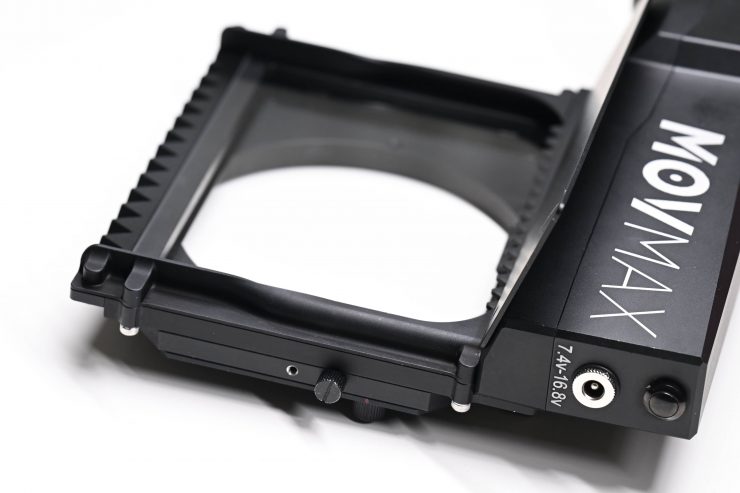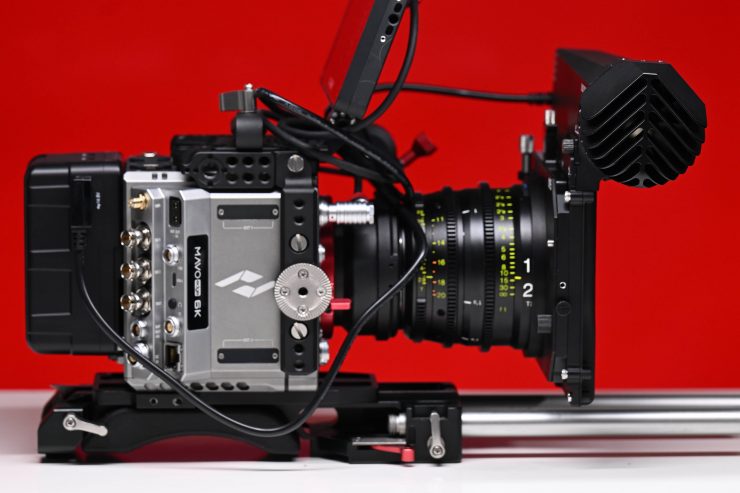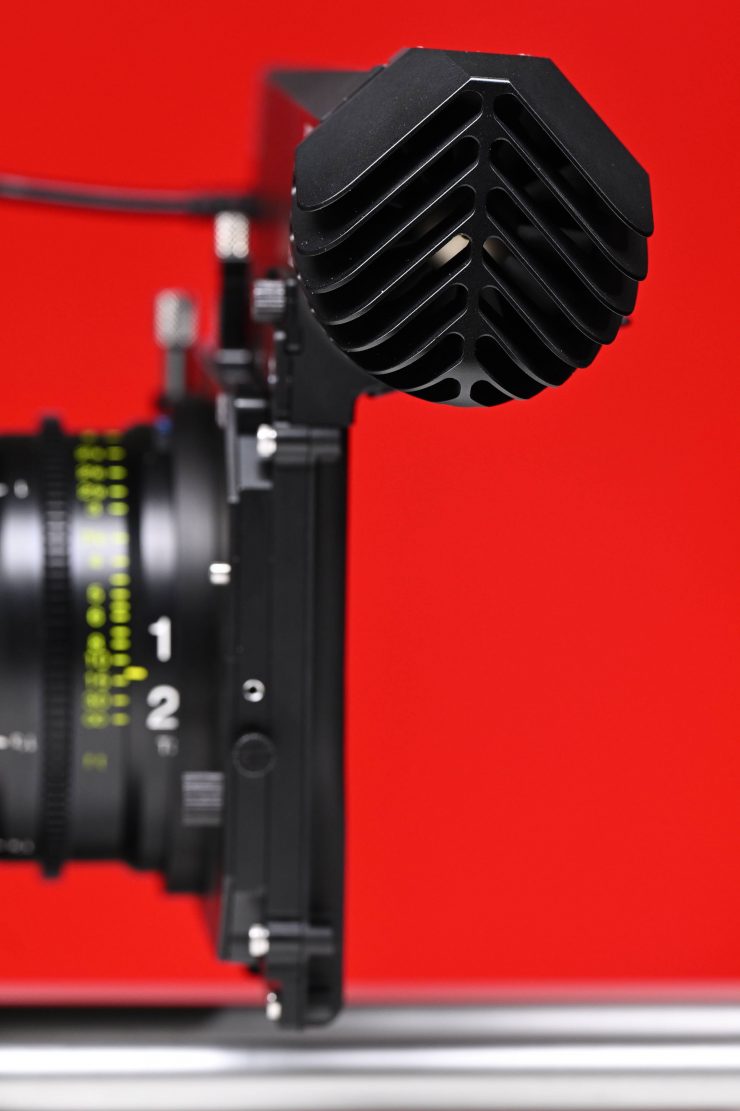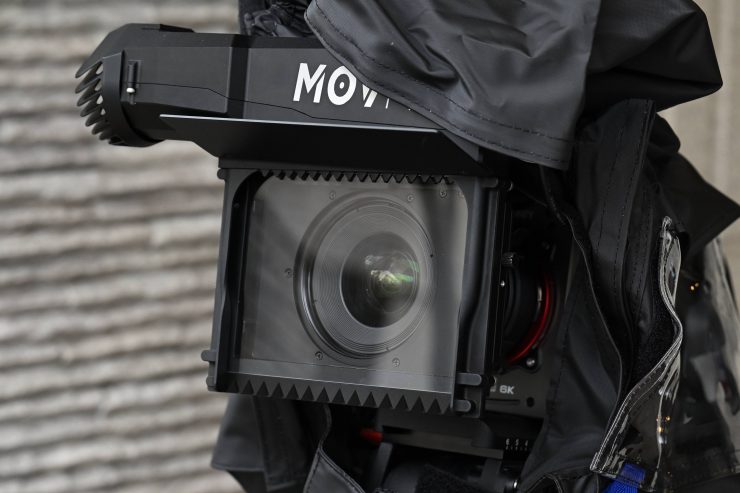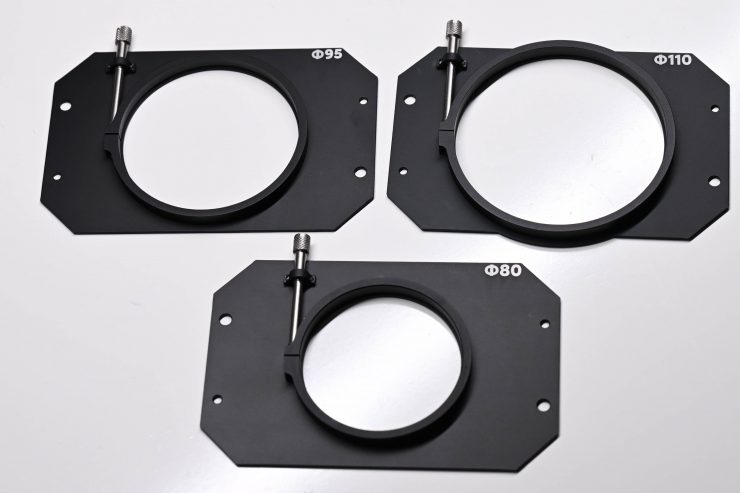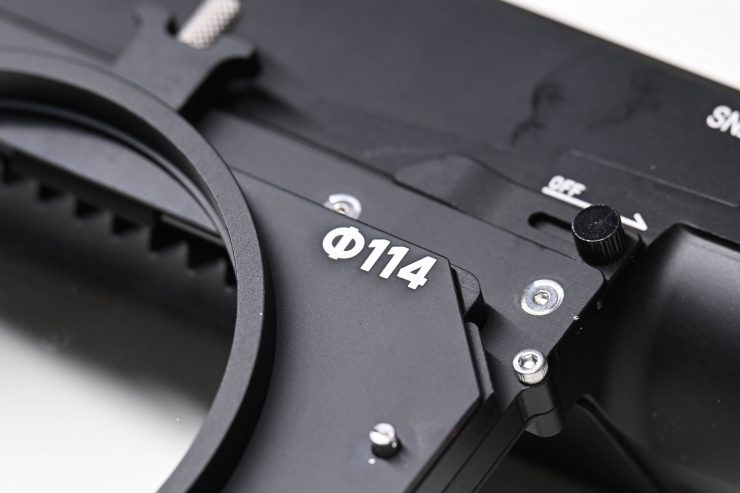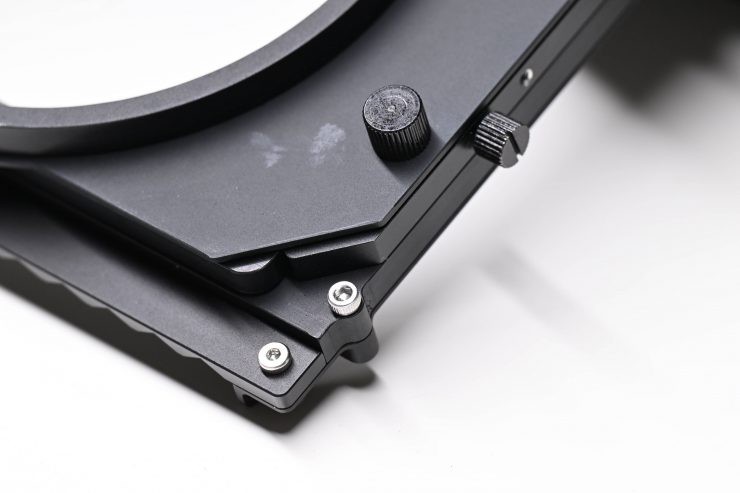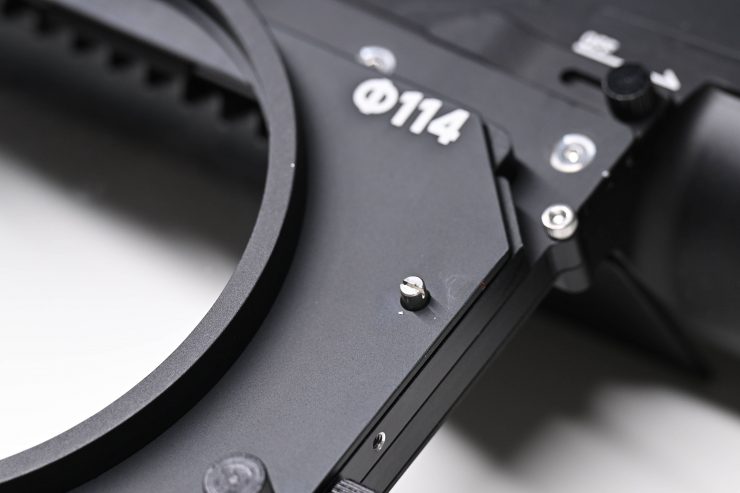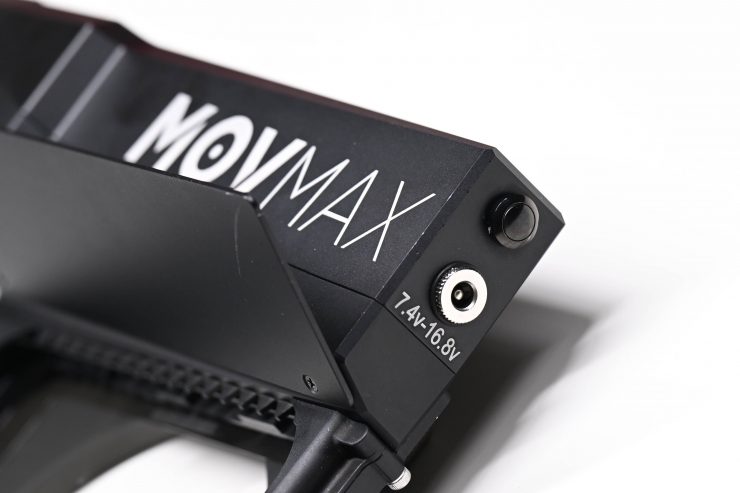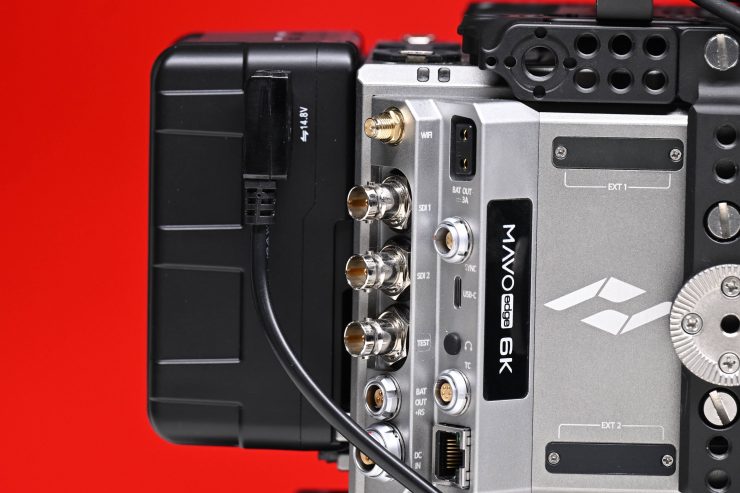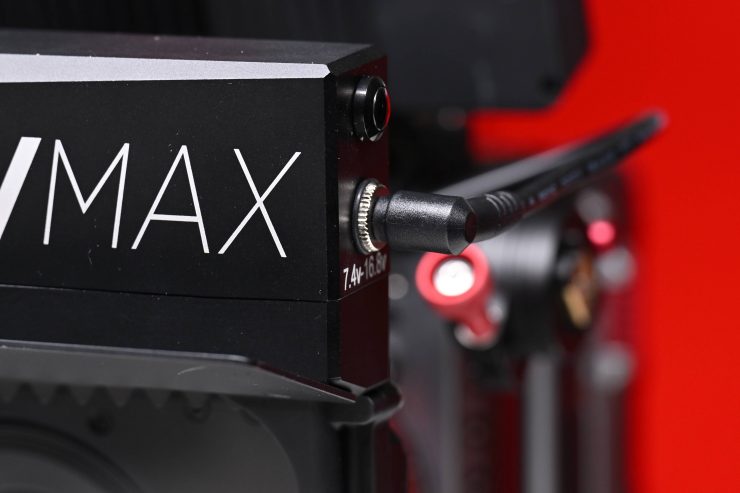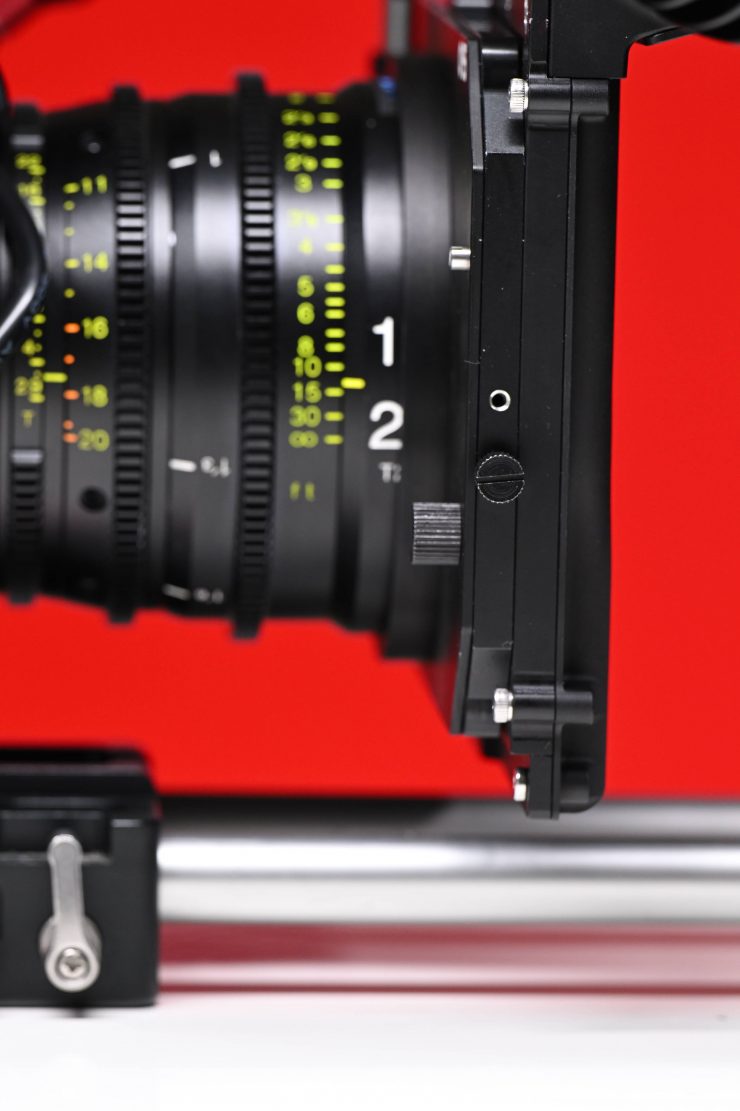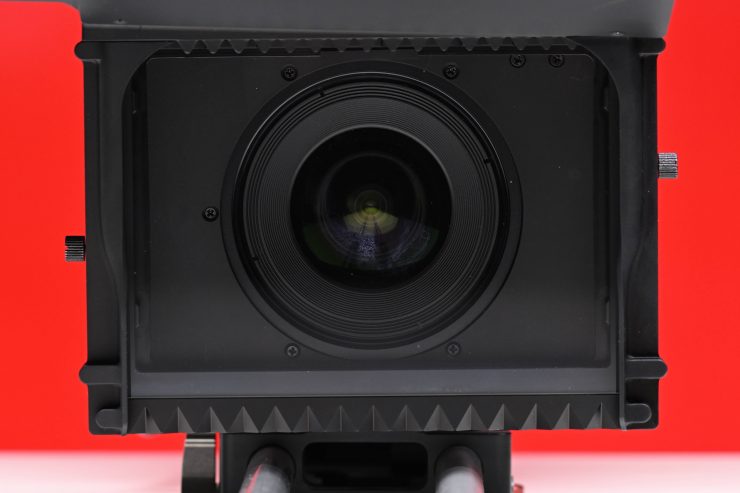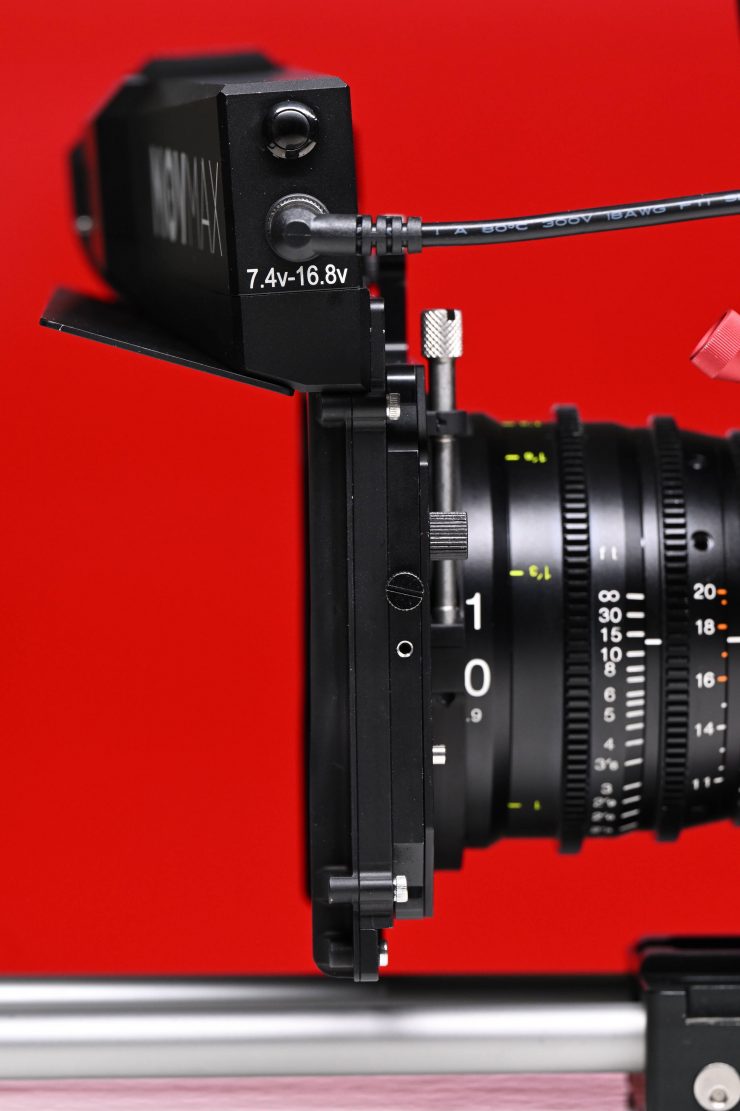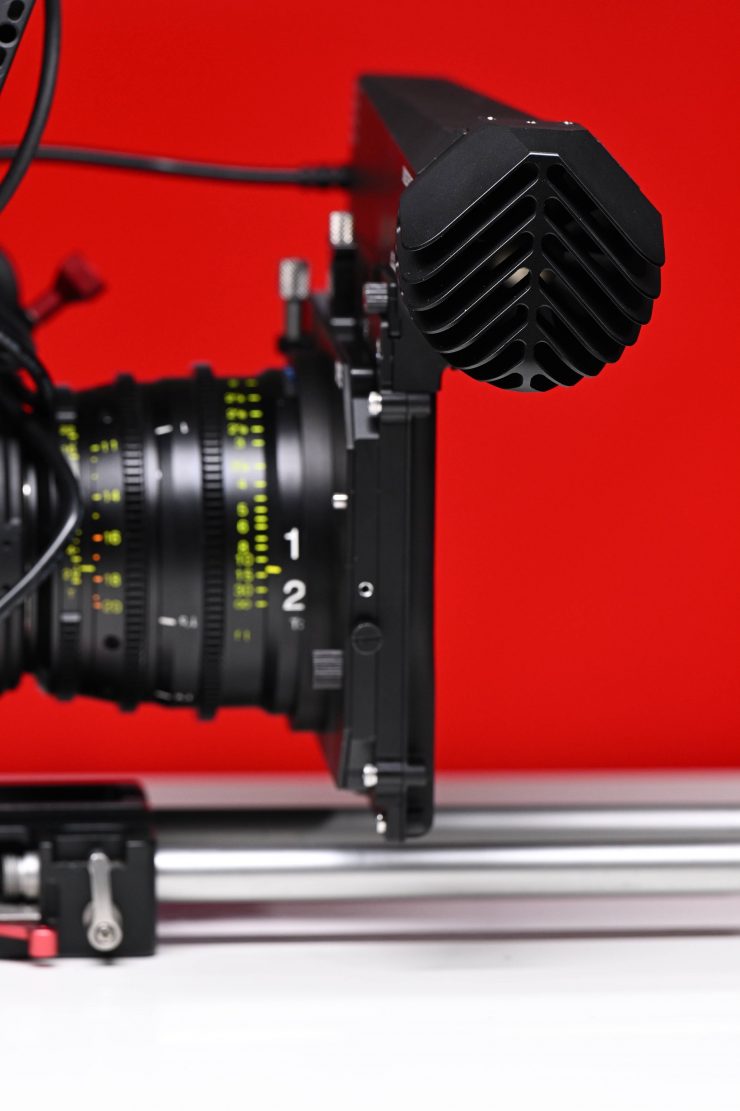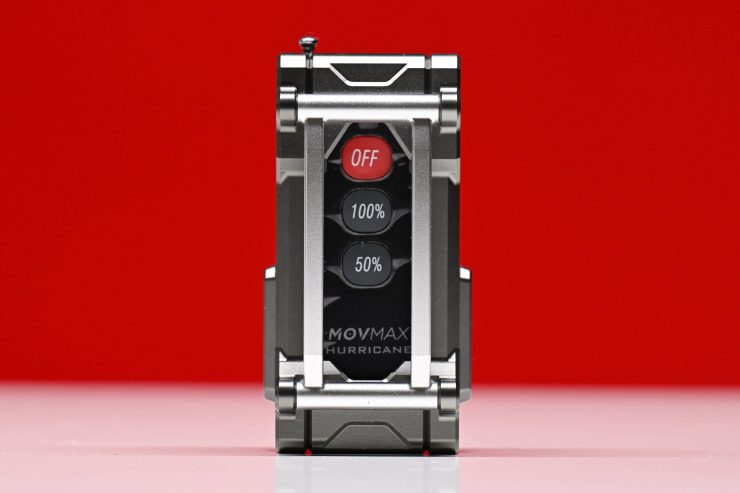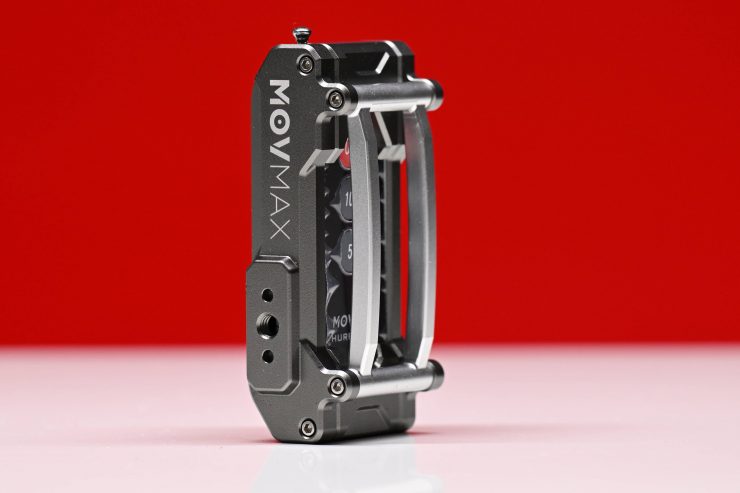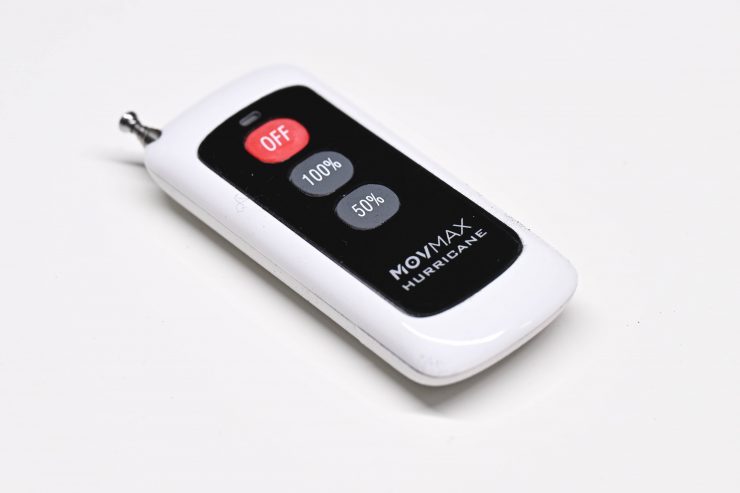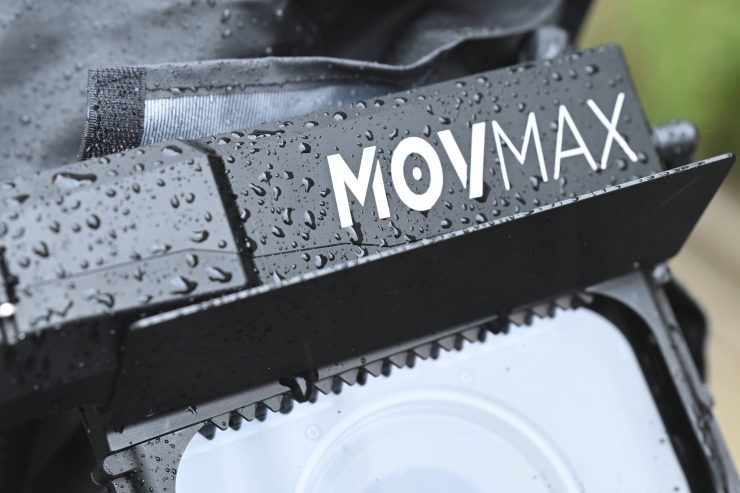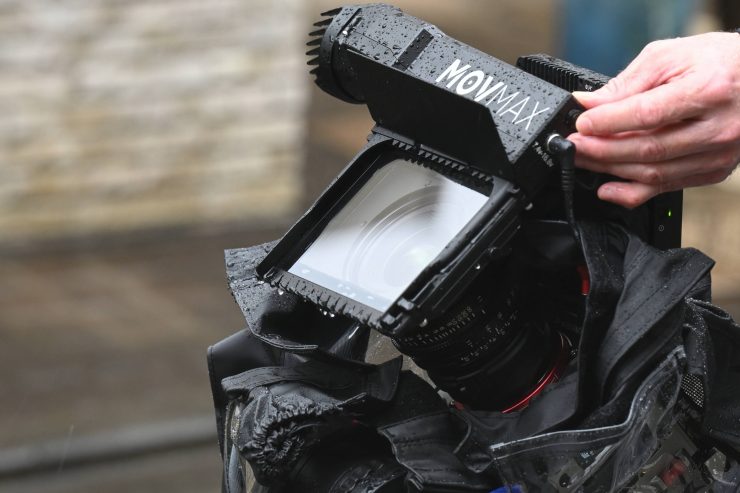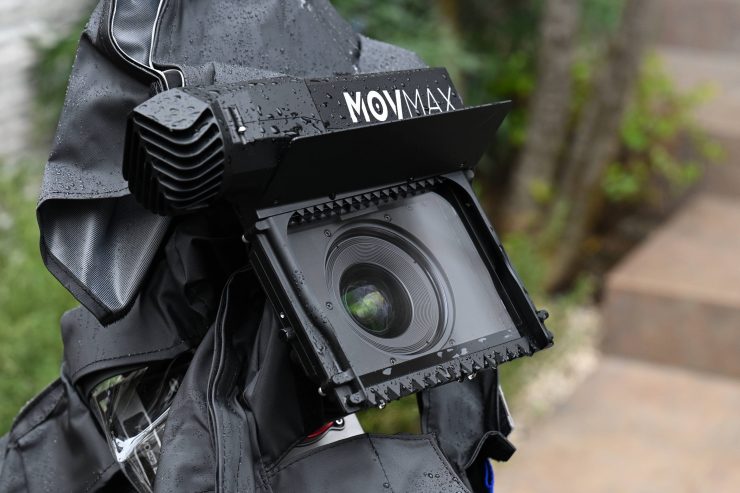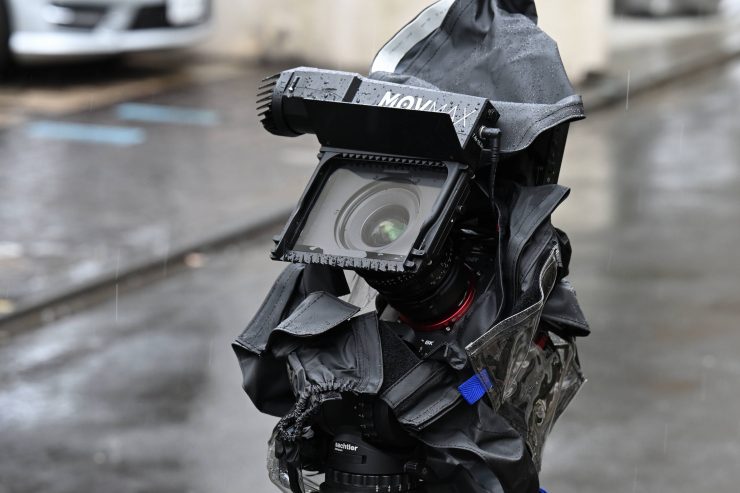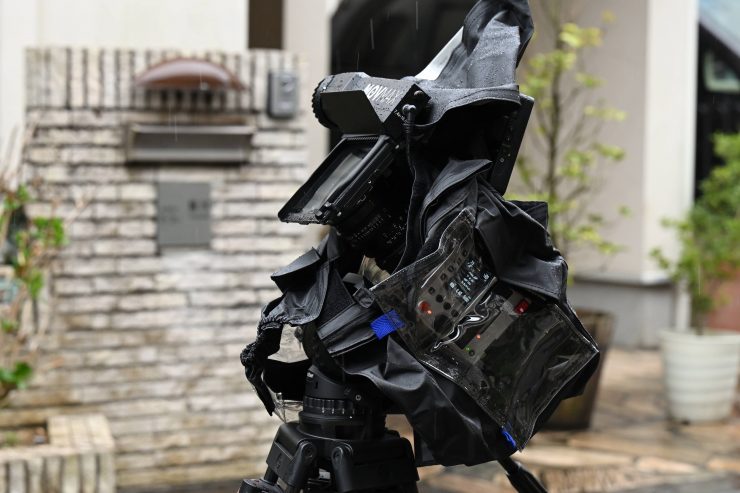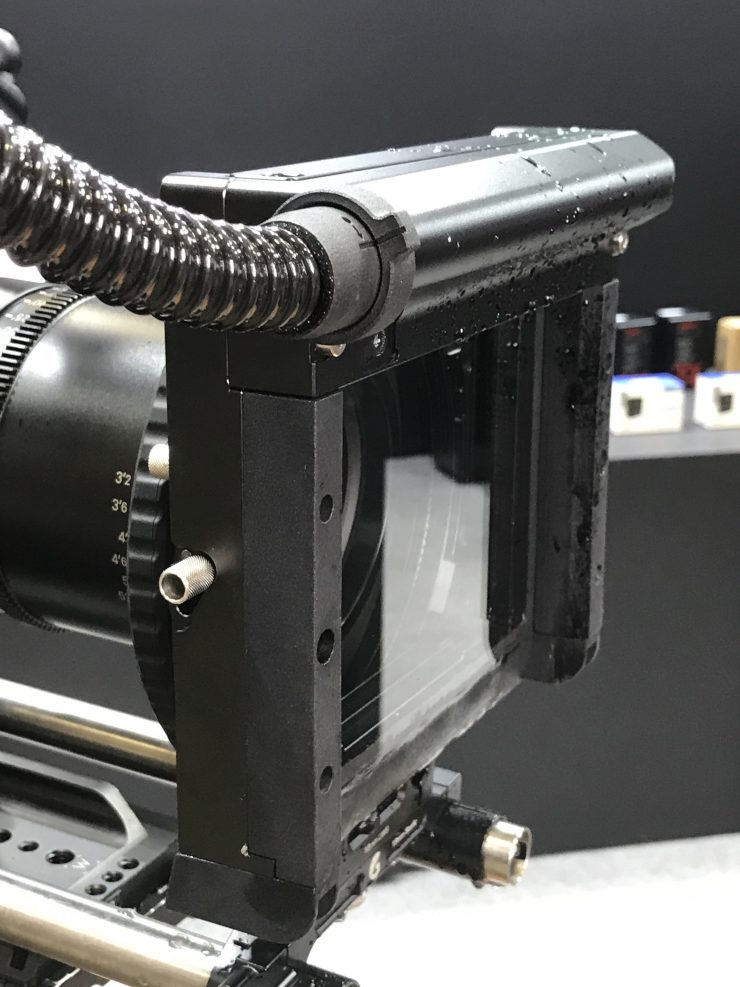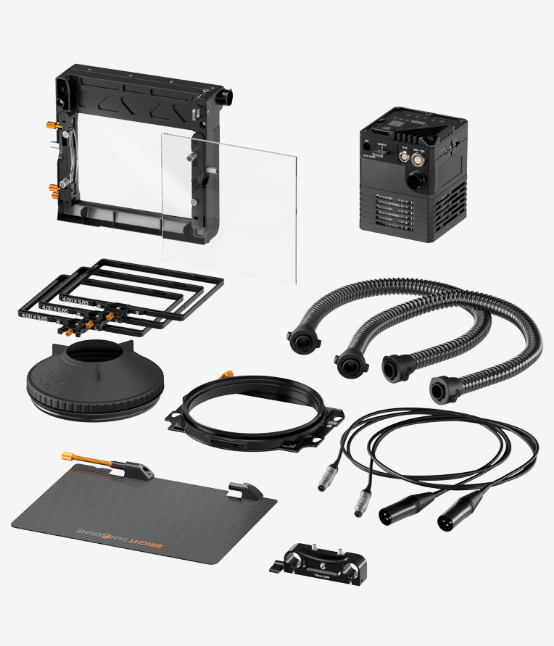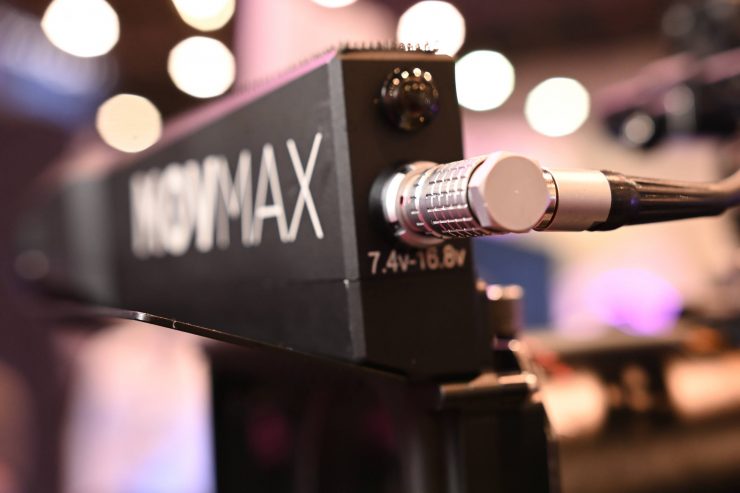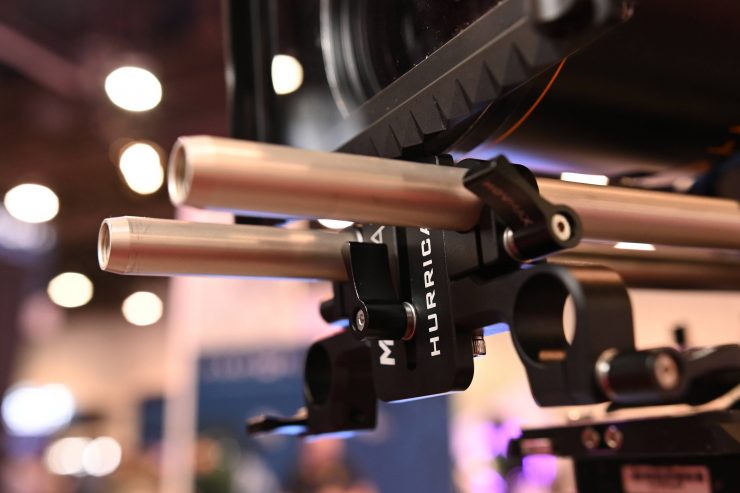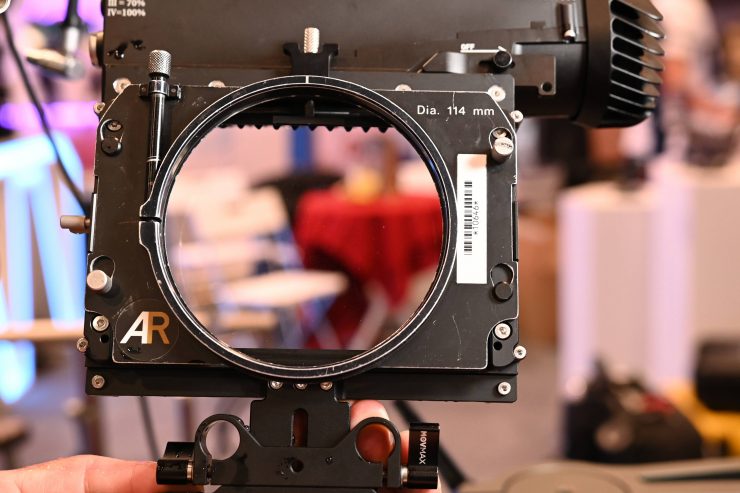
The Movmax Hurricane Rain Deflector was designed as a relatively affordable solution for anyone who is looking for a rain deflector. It also has the added benefit of incorporating a matte box. It was only recently announced and I thought it was worth having a closer look.
Yes, Rain Deflectors/Spinners are fairly niche products, but they do serve a real purpose, and they can be very useful when specialty shots are required or when the camera needs to be used in adverse conditions where keeping water or snow off the front of the lens is crucial.
Rain Deflectors have historically been expensive. Products like the SCHULZ Sprayoff Rain Deflectors, GSS Rain Deflector , ZERO Rain Deflector, just to name a few, have been around for quite a while, and even though you can purchase them, they are usually rental products. They also relied on moving parts to spin the glass, rather than have high-pressure air forced across the front of the lens as we see on the Movmax Hurricane and the Bright Tangerine Prodigy.
There have been attempts in the past to make more affordable options. The Innovision Optics DSLR Spintec Rain Deflector was introduced way back in 2010. It could be mounted on 75 to 105mm diameter lenses with either internal or external focus. If you needed to use it with internal focus lenses the Spintec could be attached directly to a lens. If you were using external focus lenses they needed to be mounted via special brackets attached to standard 15mm rods. The basic kit retailed for $1,995 USD.
What do you get?
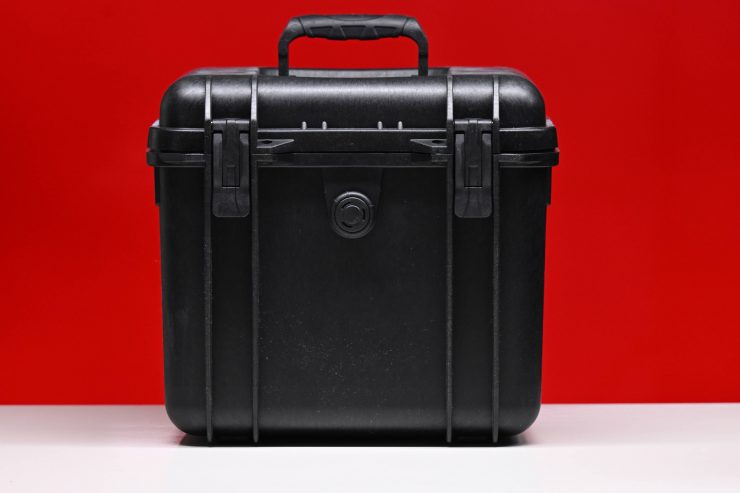
The Movmax Hurricane Rain Deflector kit comes in a nice, compact hard case and you get the following items:
- 1x Hurricane Rain Deflector
- 1x Flightcase
- 1x 80mm lens adapter
- 1x 95mm lens adapter
- 1x 110mm lens adapter
- 1x 114mm lens adapter
- 2x D-tap power cables
- 2x Remote controllers
- 1x Double filter holder clamp
- 1x Hurricane 19mm rod bracket
- 1x 4 x 5.65″ filter holder
- 1x 3M hook & loop tape
This essentially gives you everything you need without having to purchase any other extra components.
How does it work?
The Movmax Hurricane Rain Deflector features a high bypass ratio electric turbofan. The brushless motor is claimed to be able to spin at up to 81,000rpm.
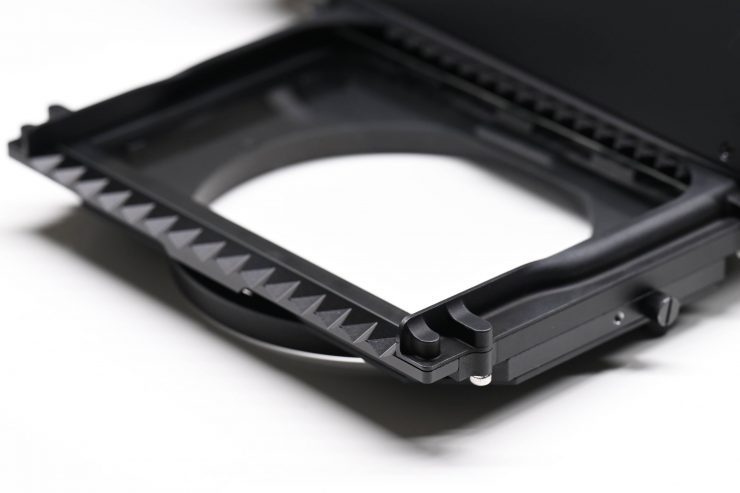
Air gets sucked in through the side and then passed down vertically over the front glass.
The Hurricane also has an IPX8 waterproof rating and it utilizes Oleophobic and Hydrophobic coated glass so that raindrops won’t gather on the glass surface. The double-layer rainproof glass increases transparency and Movmax claims that it has a transmission rate of up to 99.7%.
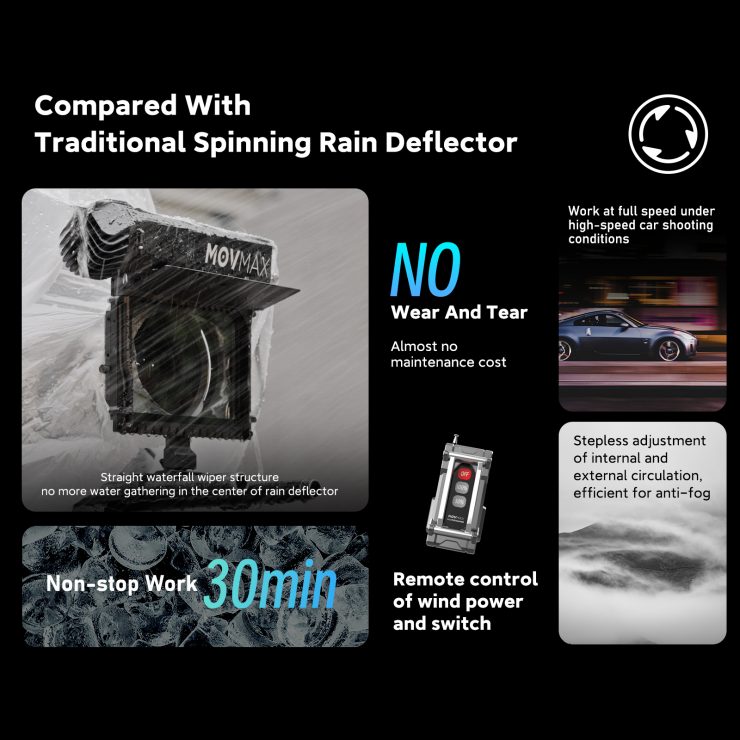
Movmax states that the Hurricane is different from other traditional rain deflectors on the market, although I have a feeling that Bright Tangerine might strongly disagree. The Hurricane utilizes a straight waterfall wiper-like structure so that water will not gather in the center of the rain deflector. It will also work non-stop for 30 minutes and at full speed under high-speed shooting conditions. It has a step-less adjustment of internal and external air circulation so it will also work as an anti-fogging device which is a handy feature.
Build Quality
The Hurricane is nicely made and there are no cheap or plastic components used. In saying that, for a product, at this price point I wouldn’t expect to see any build quality issues.
There was nothing I came across as far as build quality was concerned that raised any alarms.
One thing I would have liked to have seen is some type of removable cover that you could put on the front of the Hurricane to protect the glass when you are carrying the camera around.
Size & Weight
The Hurricane is reasonably compact and when I independently weighed it with a 4 x 5.65″ filter tray and a lens adapter plate it tipped the scales at 1070g / 2.35 lb.
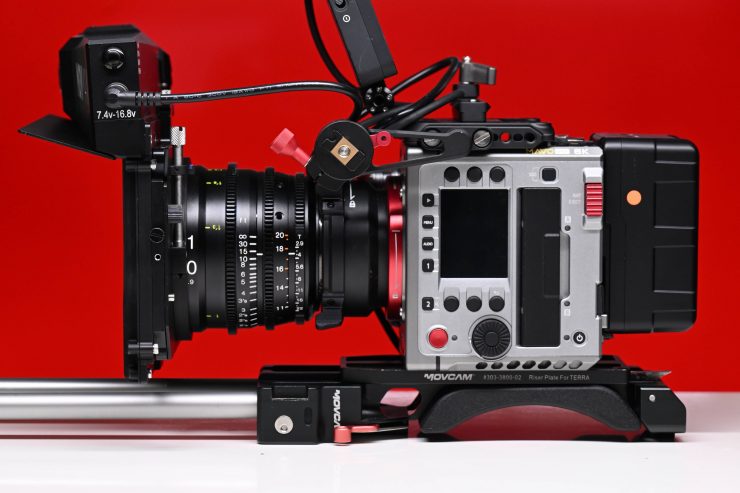
On a small to mid-sized digital camera, it doesn’t feel too large or heavy. While you could place it on a mirrorless hybrid, you would be making your whole set-up very front-heavy.
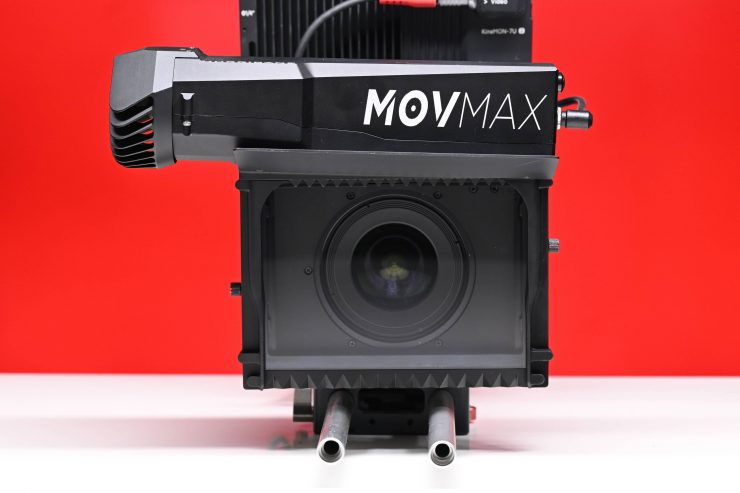
The way it has been designed does mean that the balance isn’t going to be even and there is more weight on the right-hand side because that is where the compressor is located.
Lens Adapter Plates
Movmax gives you 80mm, 95mm, 110mm, and 114mm lens adapter plates in the kit. While this covers quite a lot of lenses, it would have also been nice to have seen an adjustable rubber donut included so you could use it on more lenses as long as you were attaching the Hurricane to the rod mount adapter.
Installation
There are a couple of ways of installing the Hurricane on your camera rig. The first way is to simply attach it directly to your lens by utilizing one of the lens adapter rings.
The lens adapter plates are not something that can be swapped out in 30 seconds. There are two thumb screws and two other screws that need to be removed with a small screwdriver. This isn’t a slow process, but it does require you to have a small screwdriver with you.
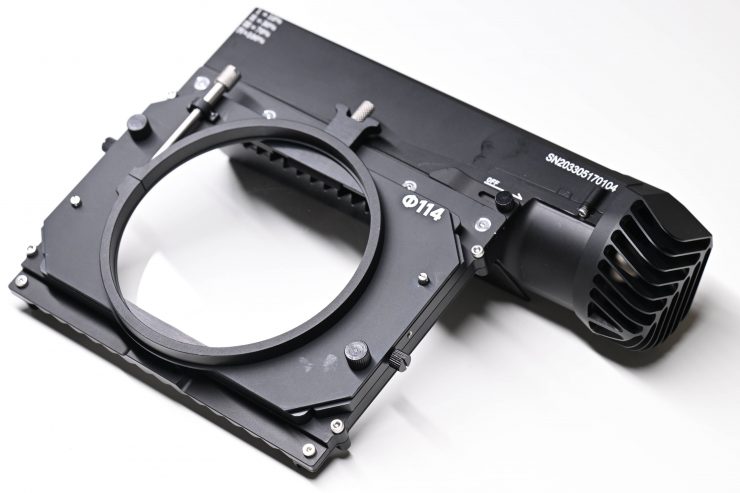
The lens adapter rings securely fasten to the Hurricane and they don’t move or wobble.
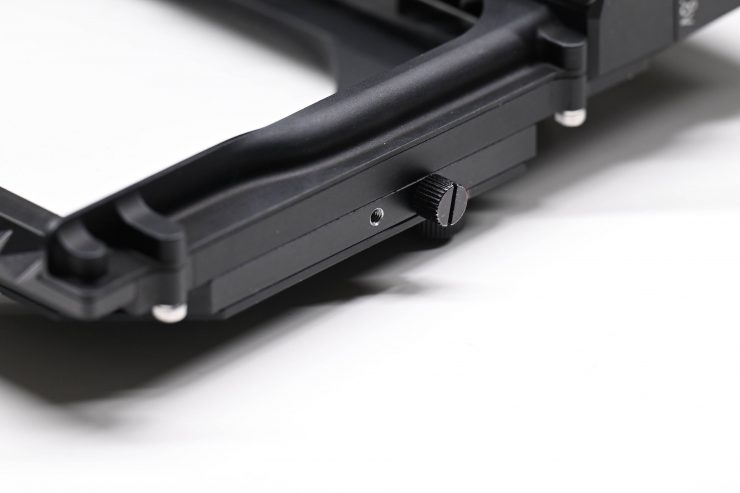
If you want to get access to the 4 x 5.65″ filter stage to change over a filter all you need to do is to loosen the two thumb screws on the side and pull it up. The filter stage won’t just fall out of the bottom of the Hurricane, because of the way it has been designed as there is plenty of resistance in the mechanism that holds it in place.
One thing to keep in mind is that it can be a little hard to slide the filter tray in and take it out if you don’t undo the thumbscrews enough.
Movmax does give you an adapter kit that you can attach to the Hurricane if you wanted to run two 4 x 5.65″ filter stages, however, you don’t get a second one in the kit. However, you can purchase additional 4 x 5.65″ filter trays for the Hurricane for $99 USD.
If you don’t want to rely on one of the lens filter adapters as the only way of securing the Hurricane to your rig, you can also use the included 19mm rod bracket. While this is nice to have in the kit I would have also liked to have seen a 15mm rod bracket as well.
Personally, if I was running the Hurricane on a vehicle-mounted camera or anything traveling at speed I would want to use a combination of the lens adapter ring and the 19mm rod bracket so I had two points of contact. While you could probably just use the lens adapter ring if you wanted, safety should always come first. Speaking of safety, it would have also been nice if Movmax had included some type of lanyard hook mechanism so you could also attach an extra safety line.
After you have the Hurricane attached to your lens the next step is to attach the power cable. This is done using the included D-tap to DC power adapter cable. While this is fine I would have preferred to have seen a locking connector and a LEMO cable instead of a D-tap. In saying that, the DC input on the Hurricane is pretty secure and the cable doesn’t move around or come out easily. I did, however, experience some issues when using the D-tao output from some batteries where the Hurricane would turn on and run for 30 seconds and then it would stop and not turn back on again. This didn’t seem to be a cable issue as I tried two different ones. The input voltage of the Hurricane is 7.4-16.8V and I had issues with batteries that could output both regulated 16V and 10.8-16.8V.
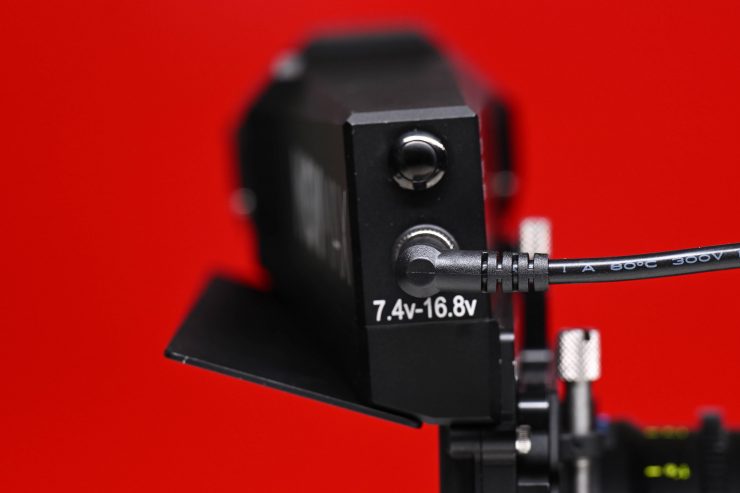
Movmax gives you two D-tap to DC power cables. One is 1m long and the other is 2m long. It is nice to have two different length cables.
All in all, the installation of the Hurricane is pretty straightforward and intuitive. You can set it up quickly if need be which is always good. This is not a product where you need to read an instruction manual, it is very much plug-and-play.
Remote Control
The system also comes with two remote control units. The remote controls are pretty basic and they only enable you to set the speed at 50% and 100%. You can’t actually turn the Hurricane on using the remote controller, you can only turn it off. I found this a little odd.
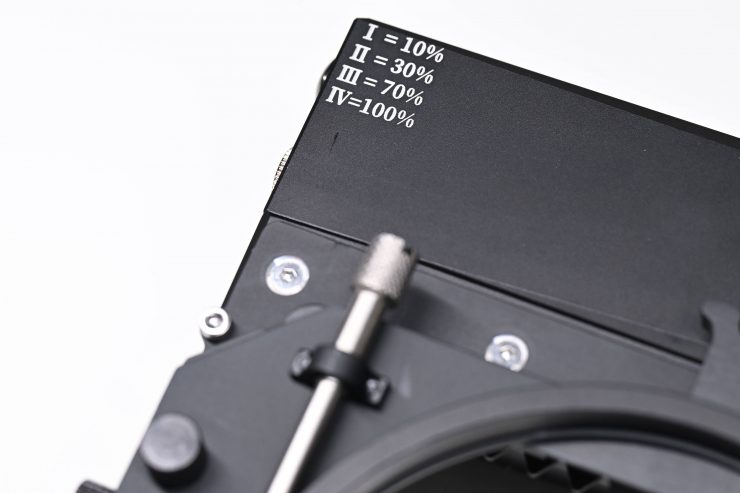
On the actual Hurricane itself, you can choose to set the speed at 10%, 30%, 70%, or 100%. This is done by just pushing a button.
The main remote is lightweight, but it is nicely made. The spare remote looks more like something you would find with a kid’s toy.
Is noisy?
Yes! It sounds like you are standing in a Hurricane. It is very loud and you need to be aware of this as an operator. If you are hand-holding the camera or have it on your shoulder you really should use ear protection.
Even in the lowest setting, it is very, very loud. The first time I turned it on it shocked me how noisy it was. Yes, it has to generate a lot of highly compressed air to work properly, but I am sure there must be a way of designing something that isn’t so loud. From my past experience looking at the competing Bright Tangerine Prodigy, I didn’t find it to be as nearly as loud as the Hurricane.
Above you can hear just how loud it is.
The noise it generates makes it completely unsuitable for use anywhere you need to record audio. This limits its usability and certainly makes it a very niche product that can only be used for select applications.
Real World Use
I don’t have any upcoming projects where I could put this through its paces, so I was more interested in just seeing how it actually works and the results you could obtain. All you should be looking at in the tests I did is how well it keeps rain and water off the lens.
I went outside in the pouring rain and purposely used a very wide-angle lens on a full-frame camera. I also aimed the camera up toward the sky so that the maximum amount of rain would be able to come in contact with the front of the lens.
What I did notice and you can clearly see this in some of the test footage, is that the glass being used on the Hurricane does cause visible chromatic aberration. This is something you ned to be very aware of.
Above you can see a couple of quick demonstrations of how it deals with direct rain coming down onto the lens and when water is sprayed directly at it.
What is nice is that even if you have the Hurricane turned off and water gets on the lens, as soon as you turn it back on it gets removed. This happens because the Hurricane is using Oleophobic and Hydrophobic coated glass. Above you can see a quick example of how the water gets removed once the Hurricane gets turned back on.
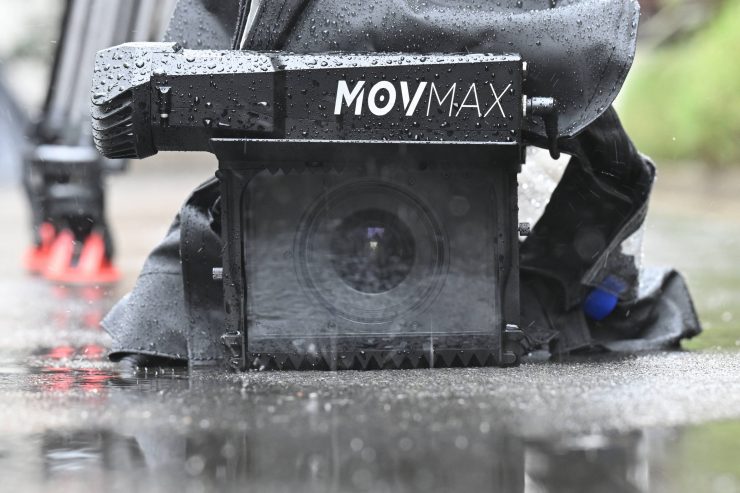
The Movmax Hurricane works really well and I found even with it in its lowest speed setting it was easily able to deal with pouring rain.
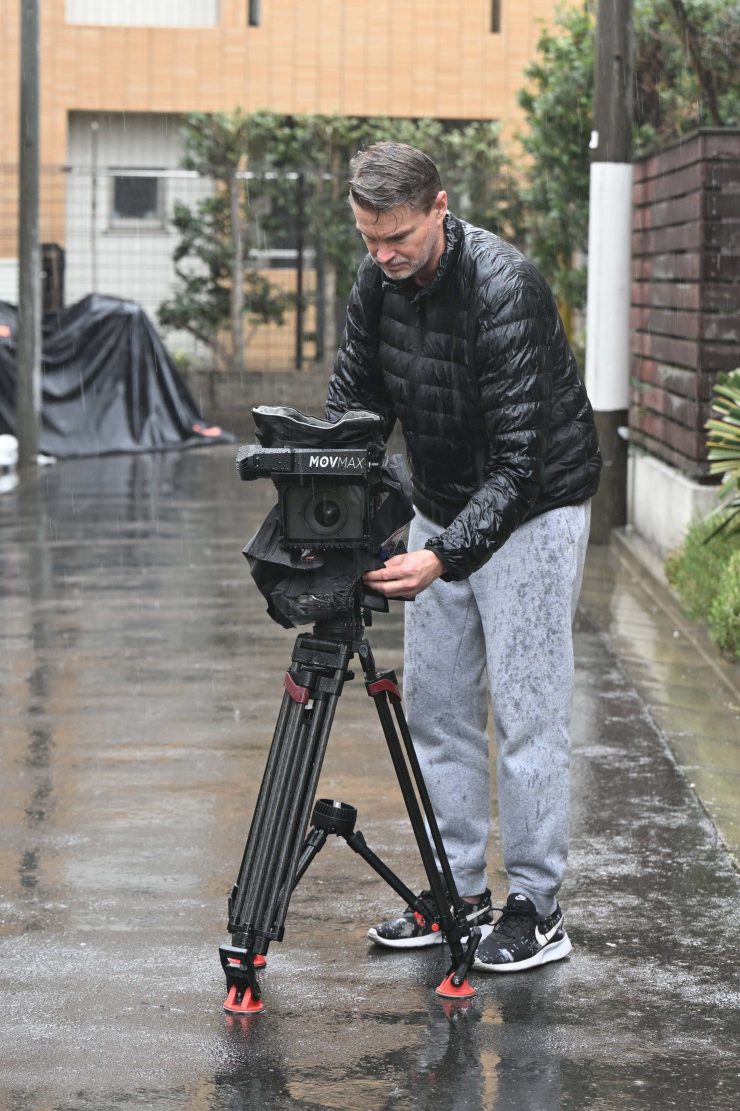
At the end of the day, the only thing that got wet was me!
As I am going to say a lot in the review, this is a niche product. However, I could actually see it being used when shooting nature shots in adverse conditions, and even if you needed to go out and grab some generic shots when it was raining or snowing, etc. (as long as audio isn’t a requirement!).
For certain action sports it could also work well.
Competition
Direct competition comes in the form of the Bright Tangerine Prodigy Rain Deflector.
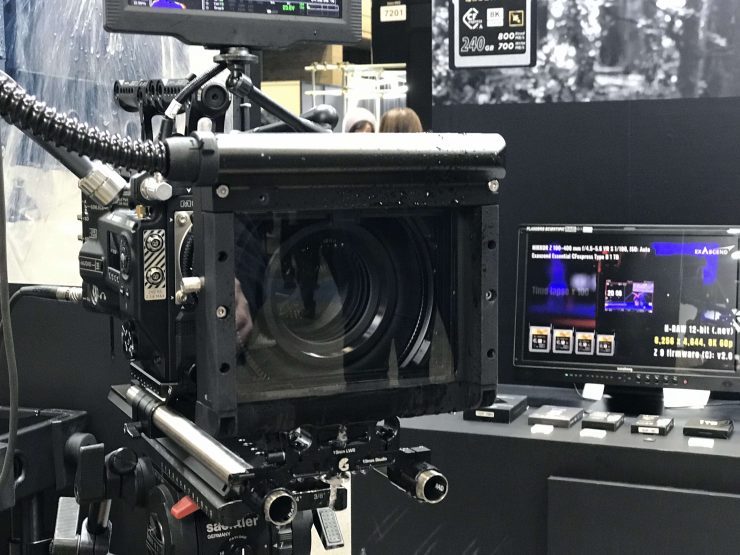
Shipping Version 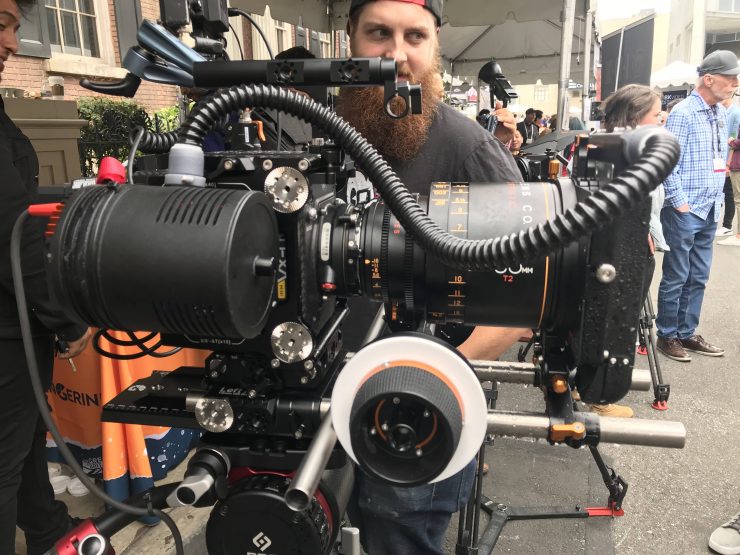
The original prototype at Cinegear 2019
The Prodigy doesn’t use any moving or spinning parts like a traditional rain spinner. Instead, it uses a compressor that pushes air down through a hose and then over a special piece of glass.
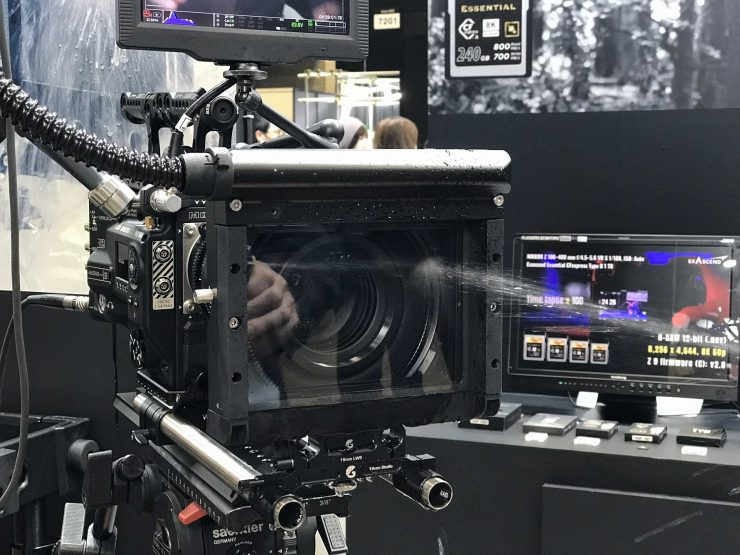
The air from the compressor is forced over the front of the glass at 300mph. Because of the pressure of the air, water gets removed before it can settle on the glass.
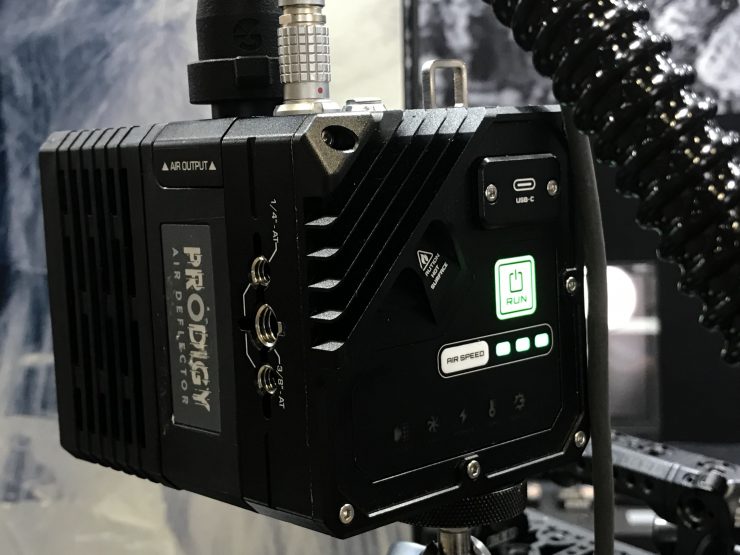
Production version 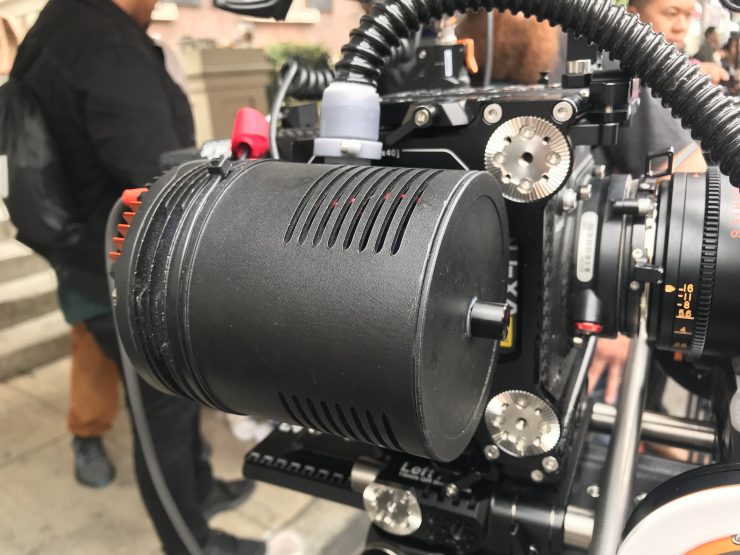
Prototype at Cinegear 2019
The Prodigy has undergone quite a few changes since we first saw a prototype back in 2019. There is now a different control mechanism and compressor. The controller can now be set to three different speeds.
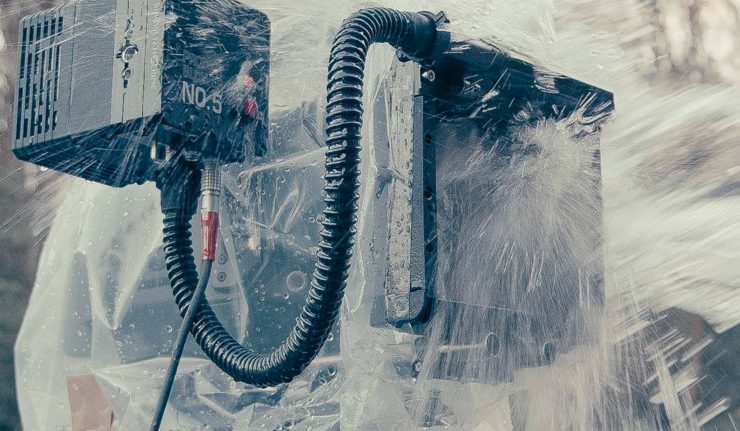
The Prodigy was used extensively in Batman and the Bright Tangerine team received a lot of feedback that led to small changes that have now found their way into the final shipping unit.
Above you can see some scenes in this BTS video where the Prodigy was used.
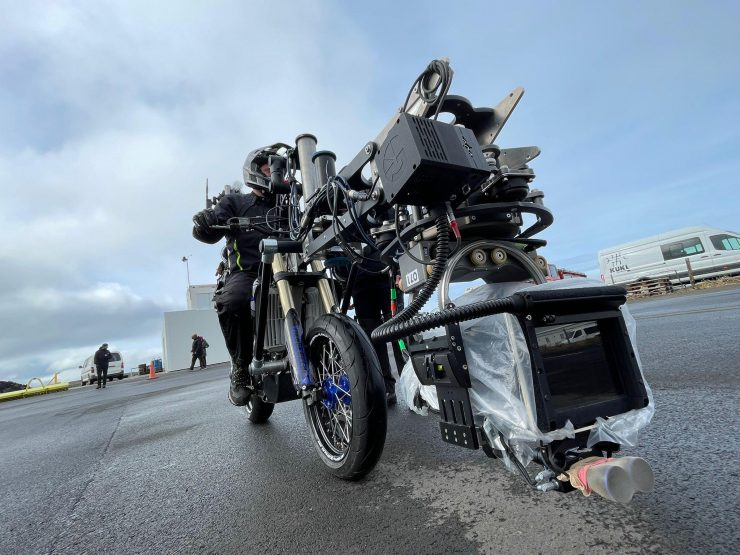
Prodigy has also been used in numerous movies, commercials, and TV shows and it is currently on the set of Dune 2.
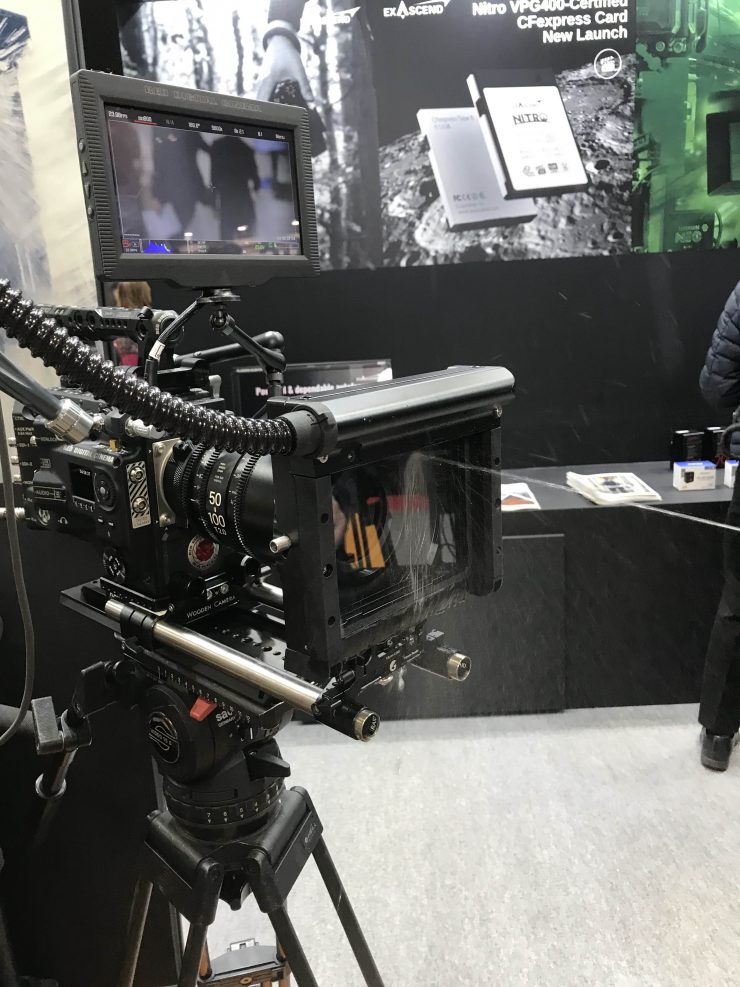
Unlike when you use a spinner, you won’t get a dead spot in the middle of the lens if you are tilting your camera up or down. The other benefit is that if you are operating handheld you-you won’t be fighting a centrifugal force.
The Bright Tangerine Prodigy Base Kit is $6,999.99 USD. The Production Kit retails for $7,999.99 USD. Both are now available to purchase.
Price & Availability
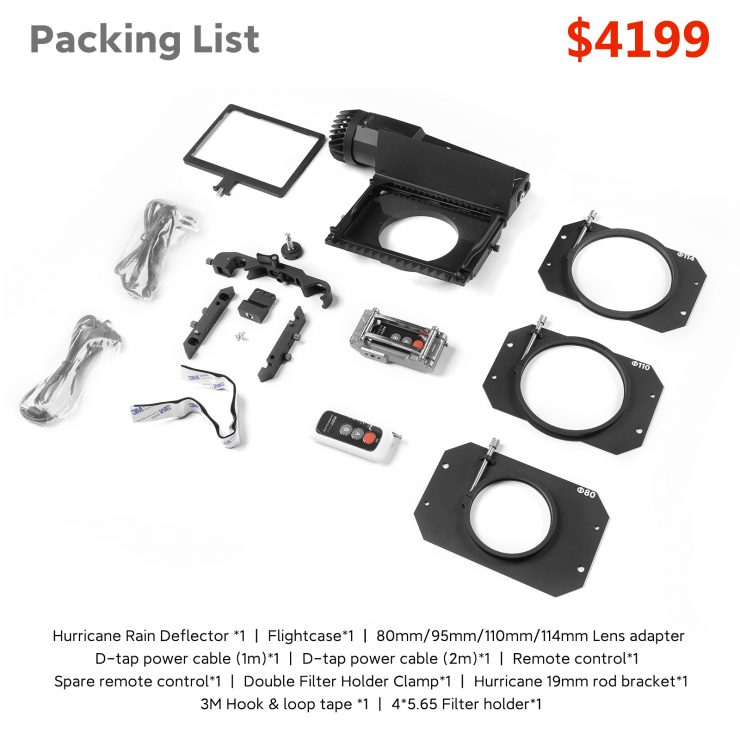
The Movmax Hurricane Rain Deflector retails for $4,199 USD. Above you can see what is included in that price. You can also buy additional accessories or spare components.
Yes, these types of niche products are expensive considering they are essentially a matte box, a piece of glass, and a small-sized compressor. These are not items that are made in super high numbers and therefore the development and parts will be more expensive to manufacture and produce.
Conclusion
The Movmax Hurricane Rain Deflector certainly works as advertised. It is well-made and easy to set up and use. It is, however, extremely noisy and the glass being used does cause visible chromatic aberration.
Devices such as this, especially ones that are very loud, are products with very limited applications.
Yes, it is a niche product, and yes, it is still relatively expensive for what it is. The Hurricane is probably going to be more of a rental item than an owner/operator product, however, if you shoot a lot of content in adverse weather conditions on car rigs, etc. it may end up being a good purchase.
NAB 2023 Update
At NAB 2023, Movmax showed an updated version of its Hurricane Rain Deflector. The updates were a direct result of feedback from early adopters.
Movmax has now added a much more professional power connector and they have an ARRI LMB rear plate available, as well as a 15mm rod attachment.

